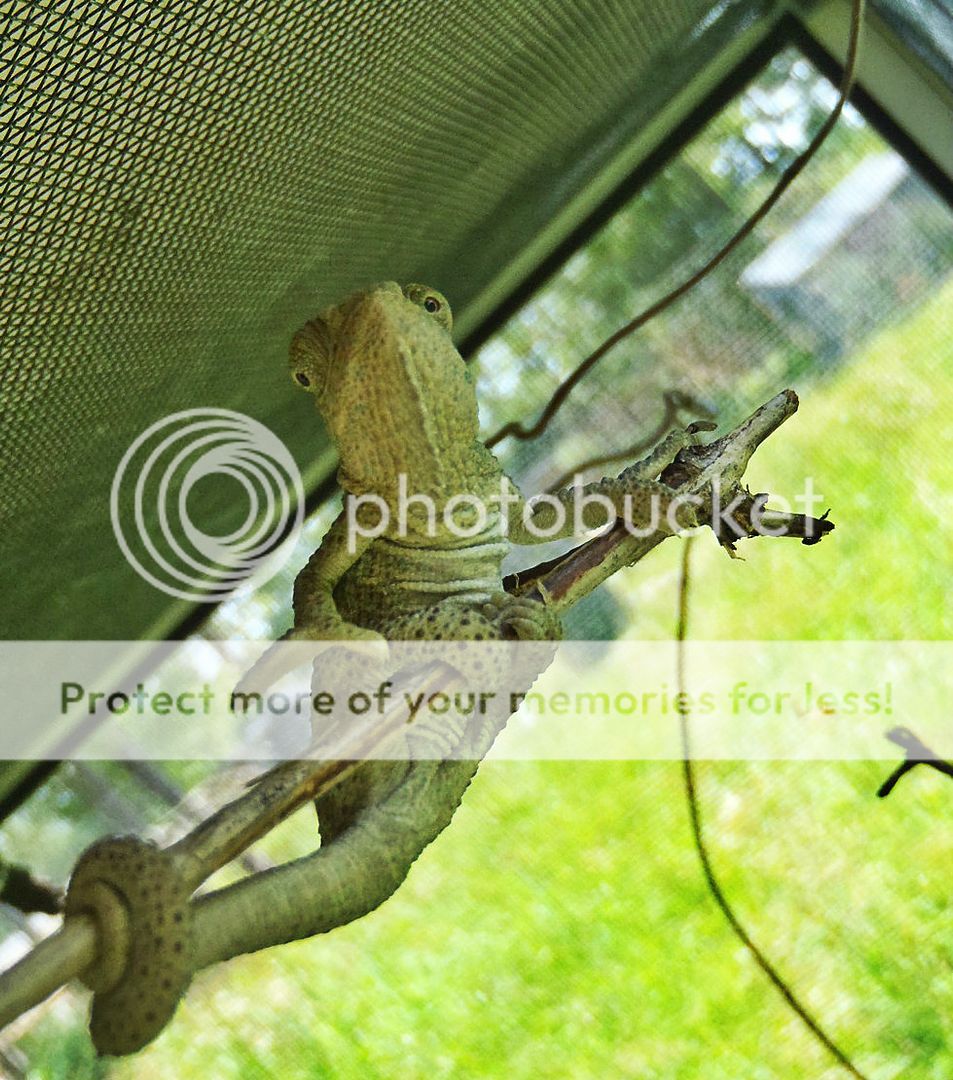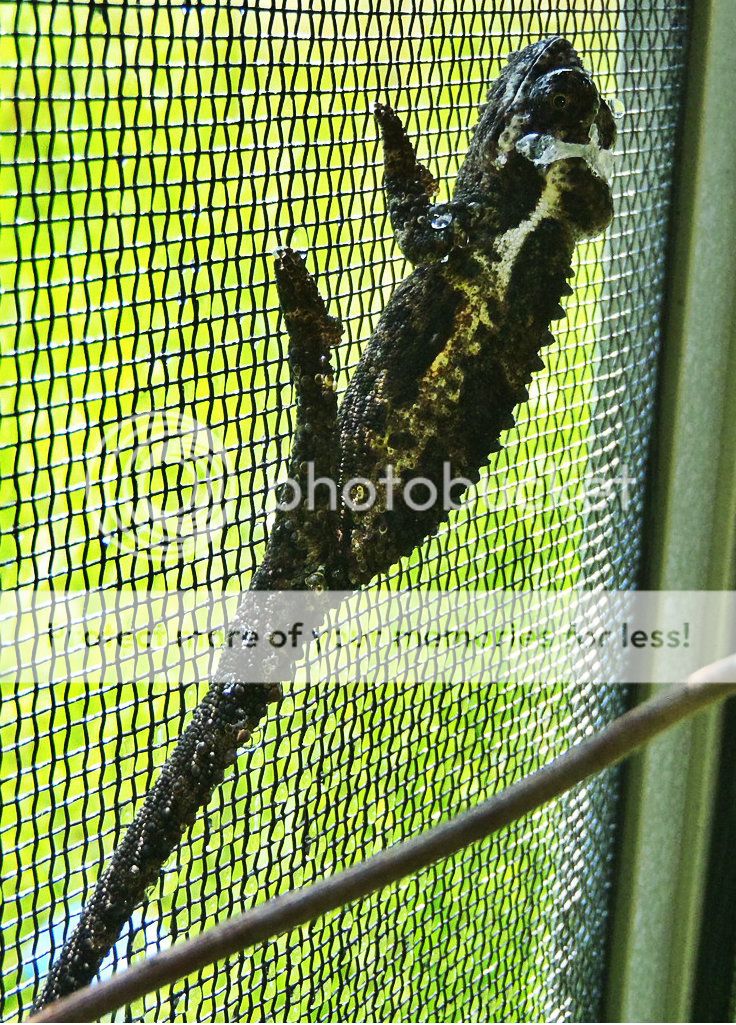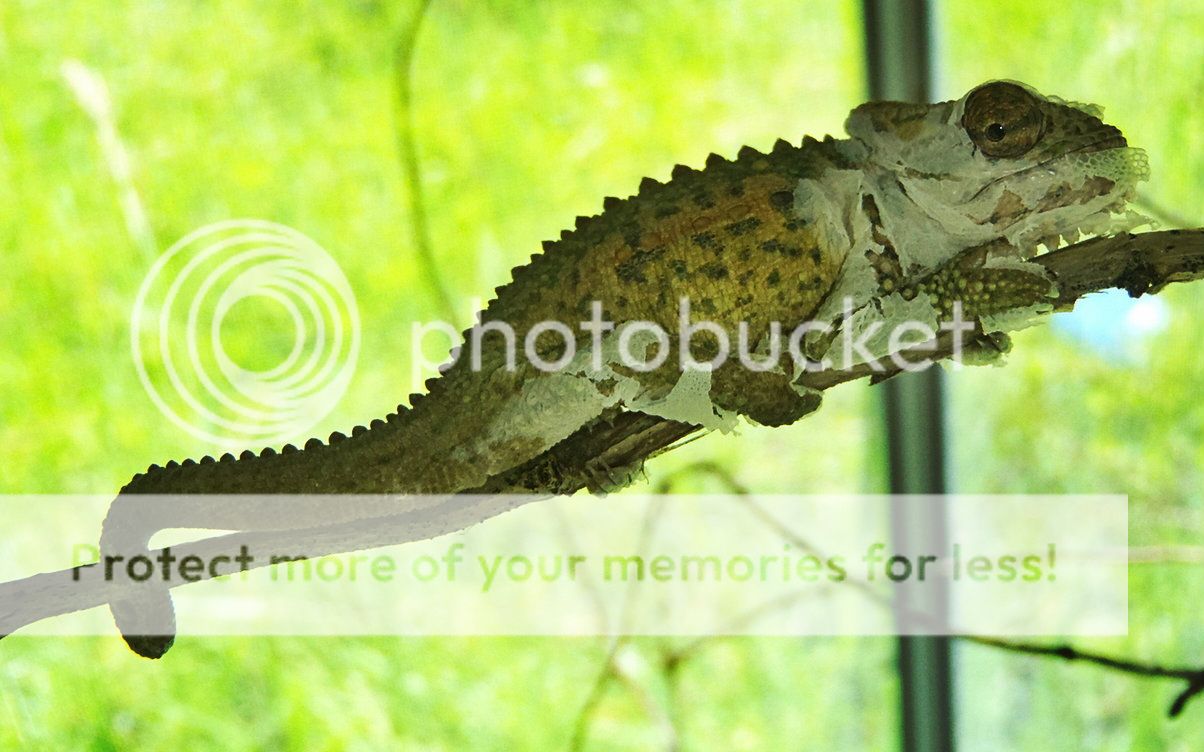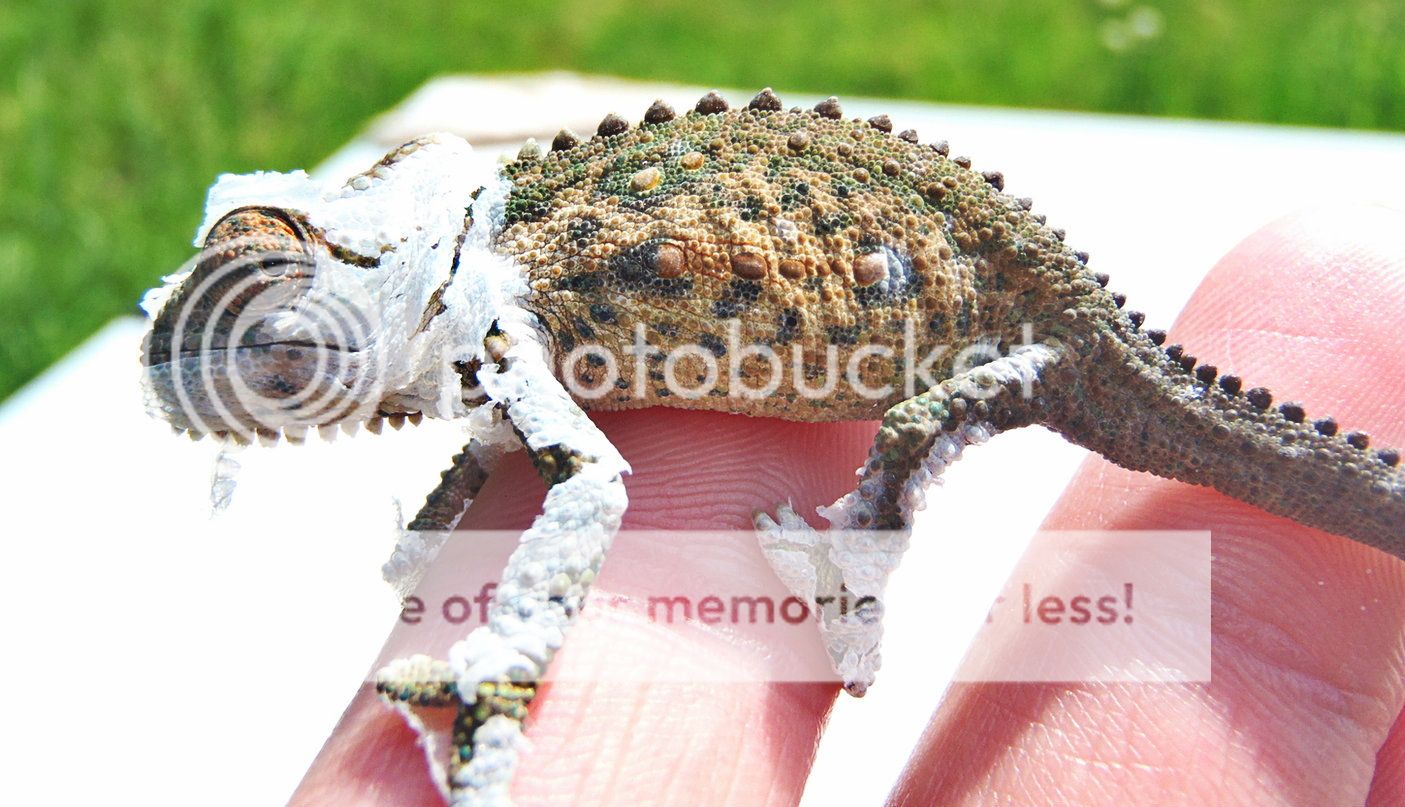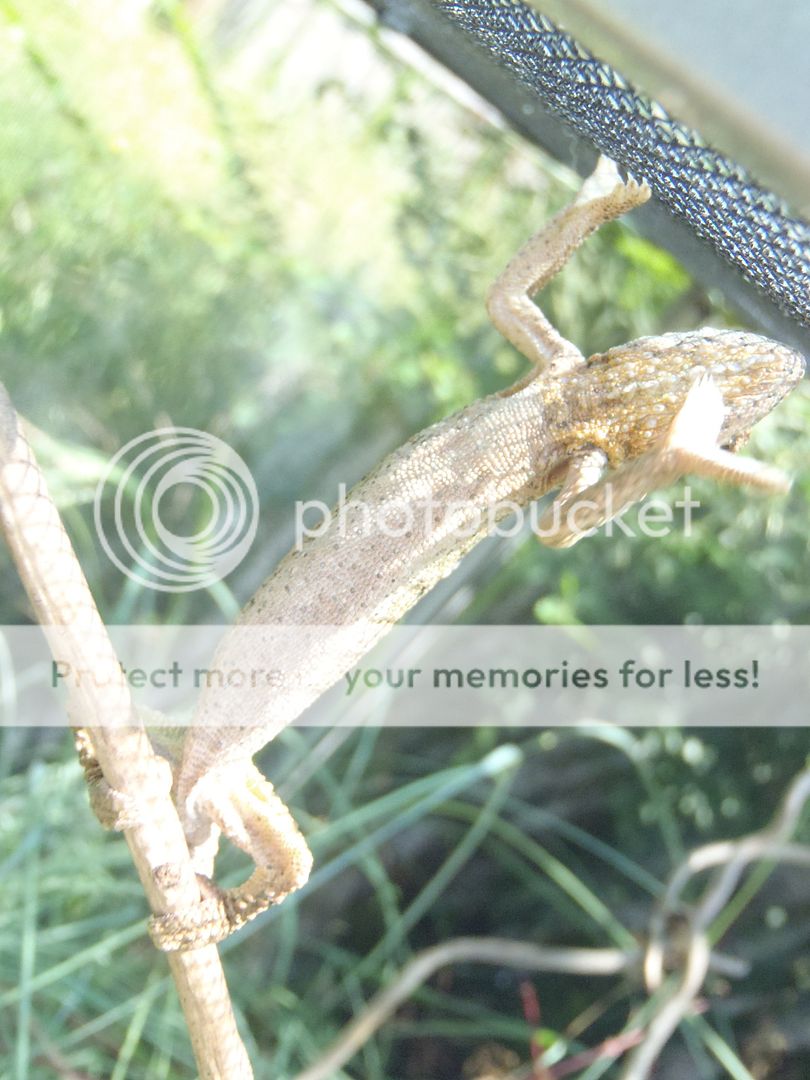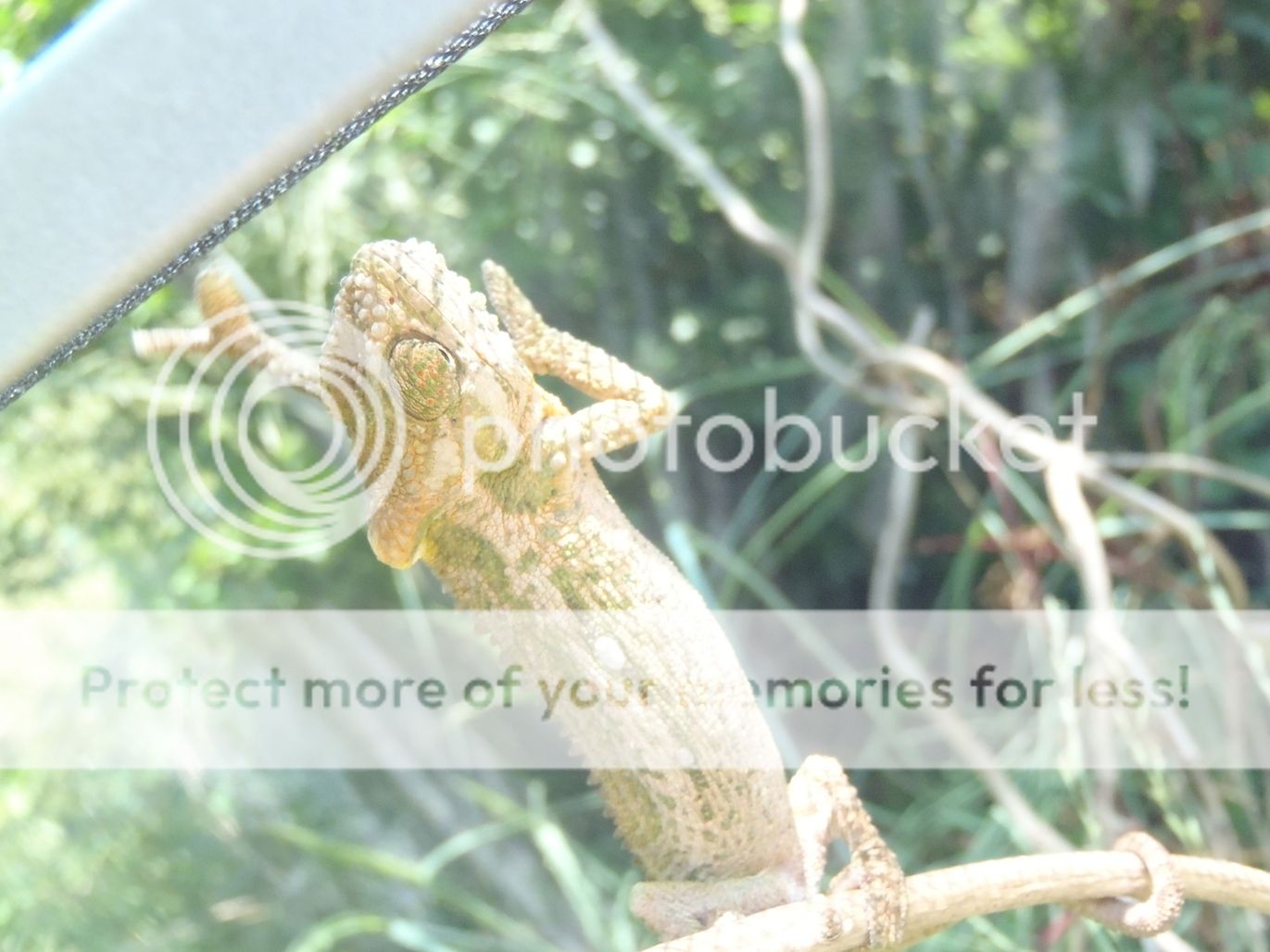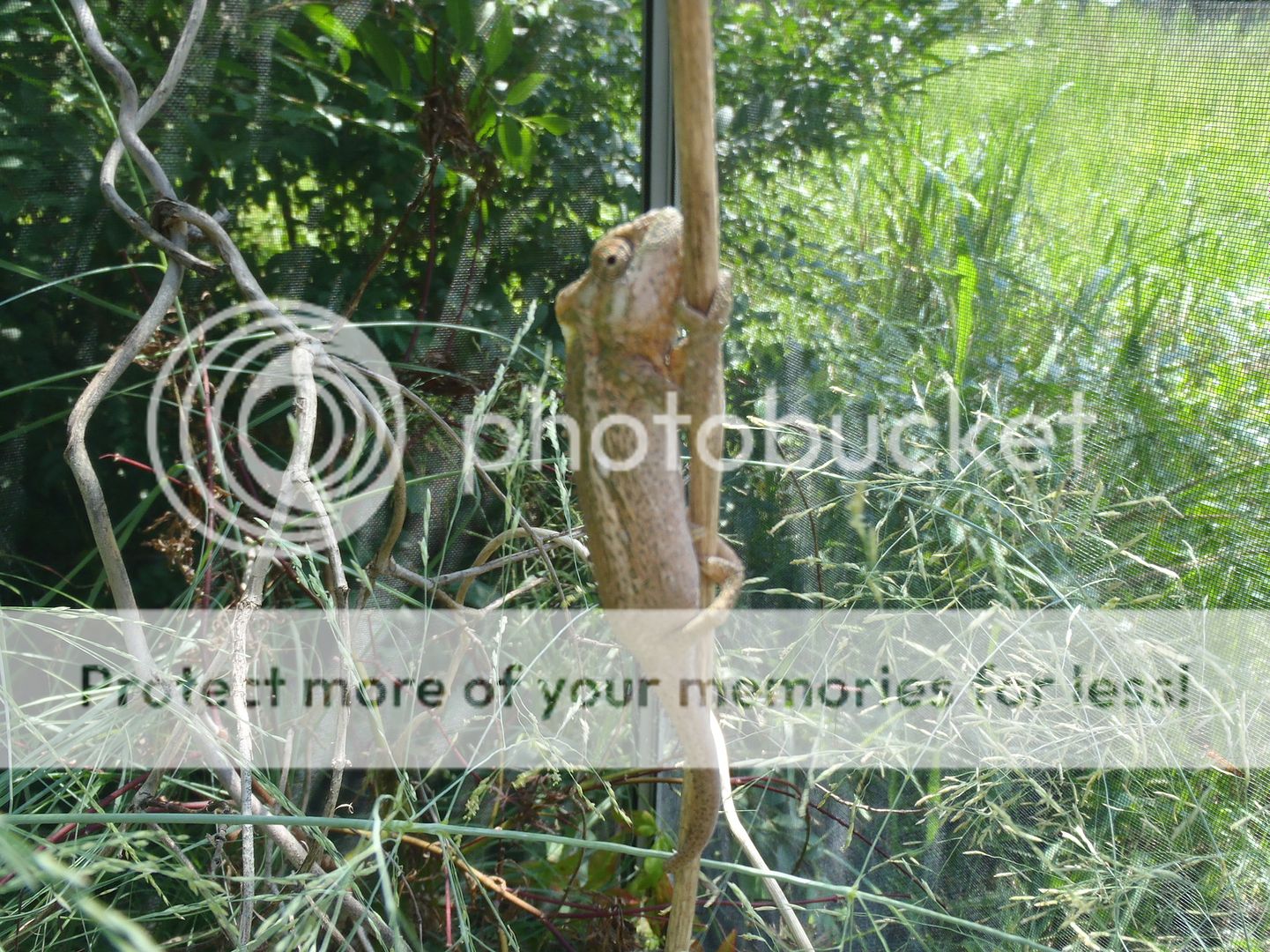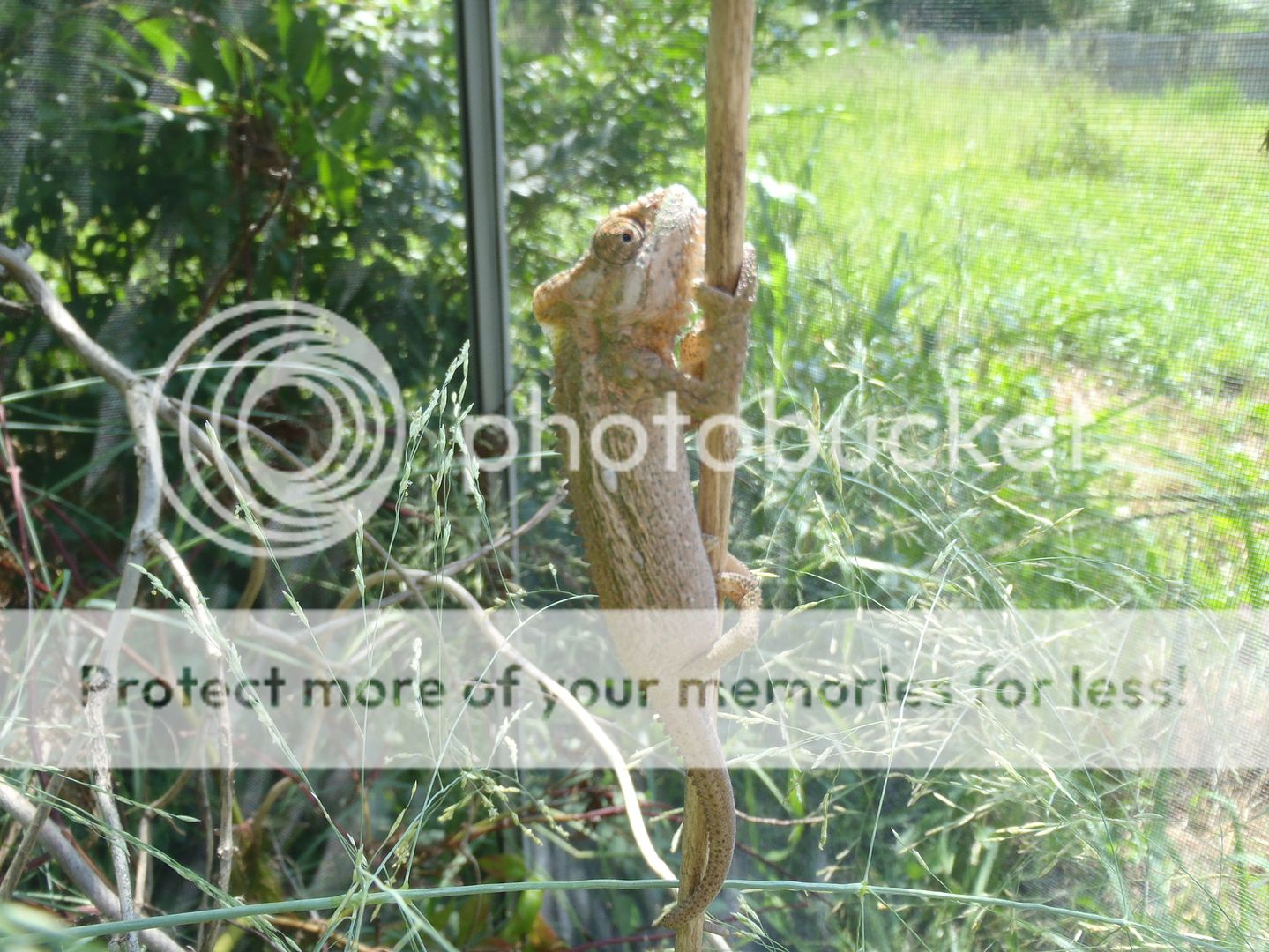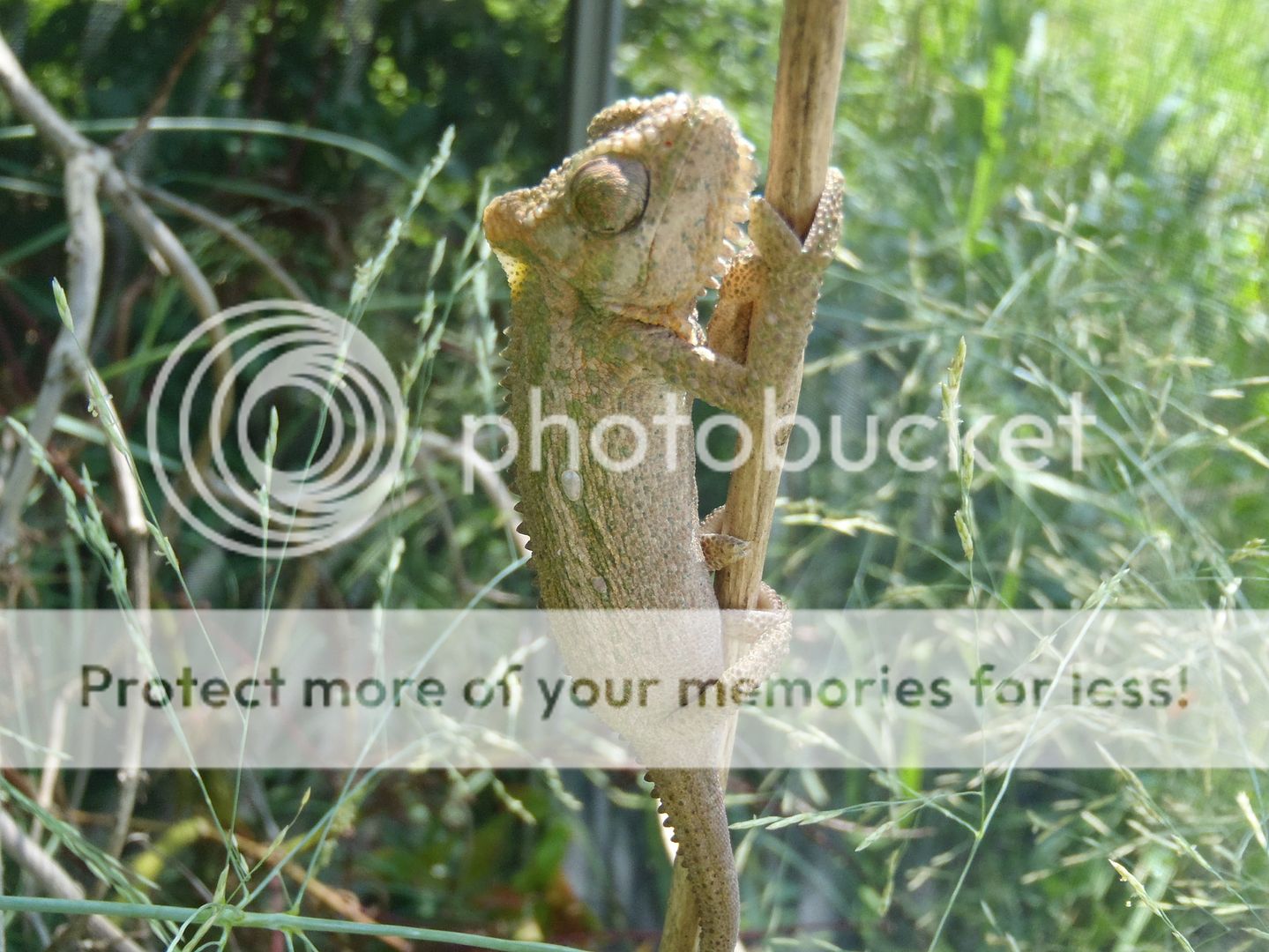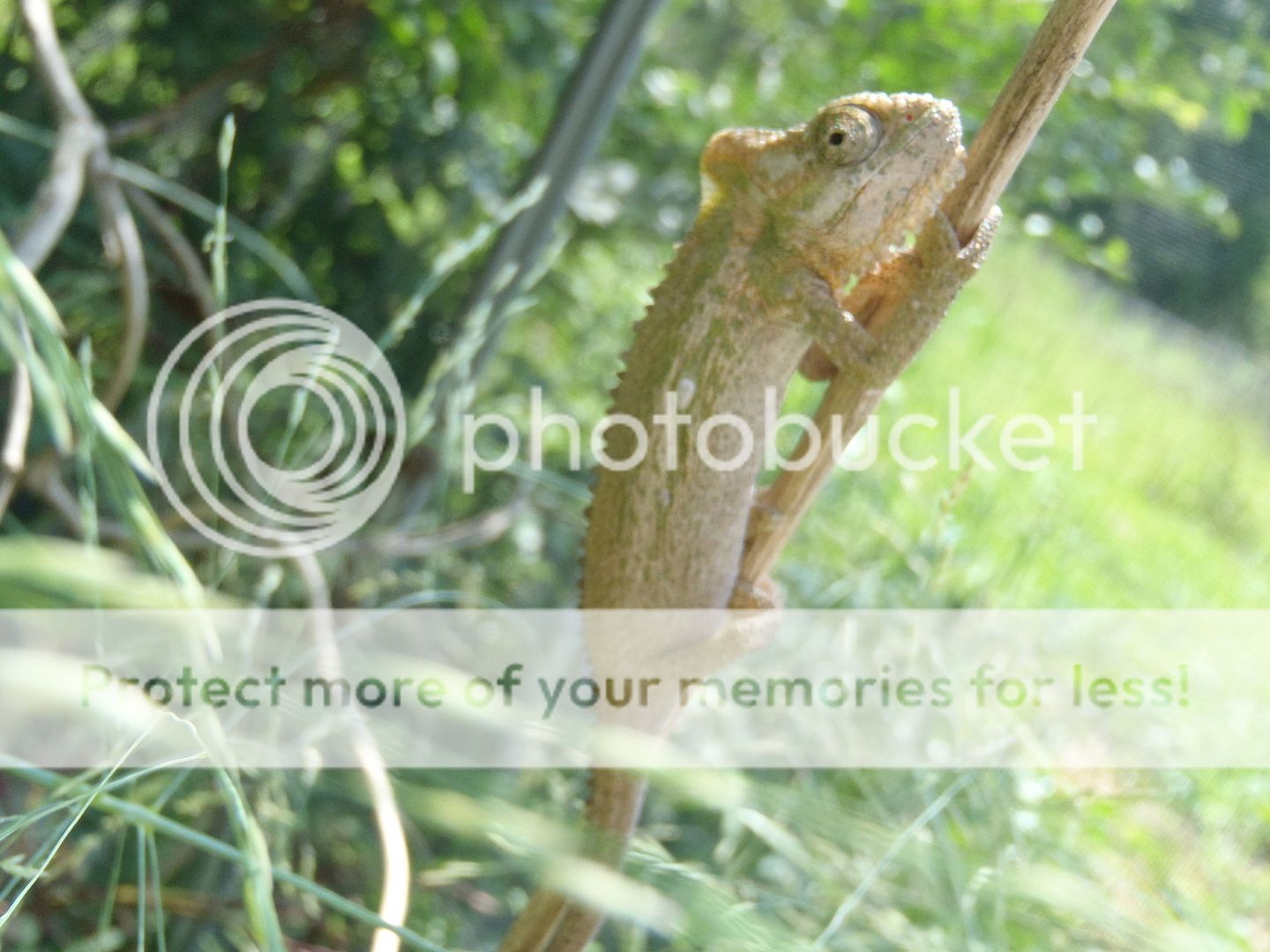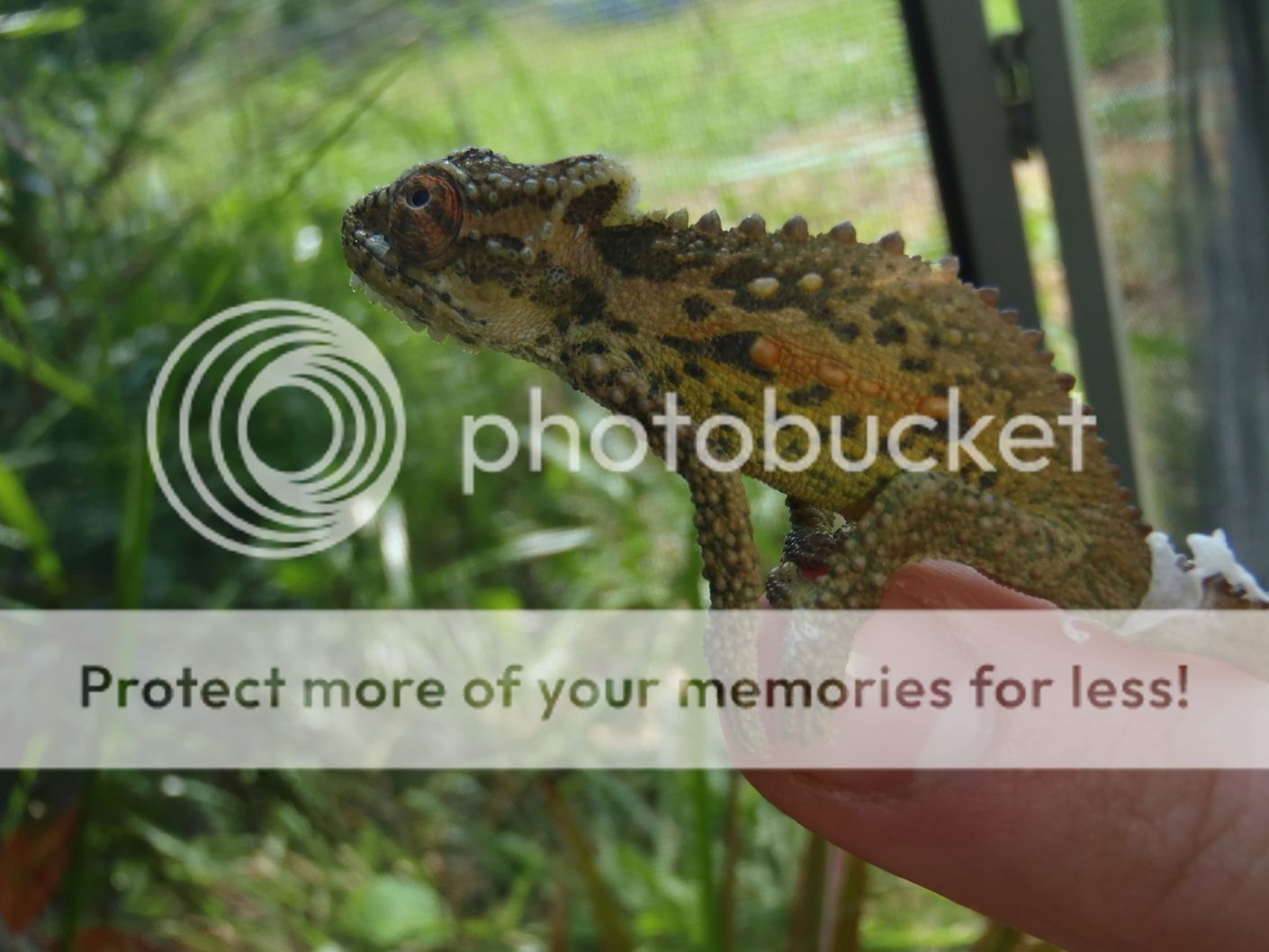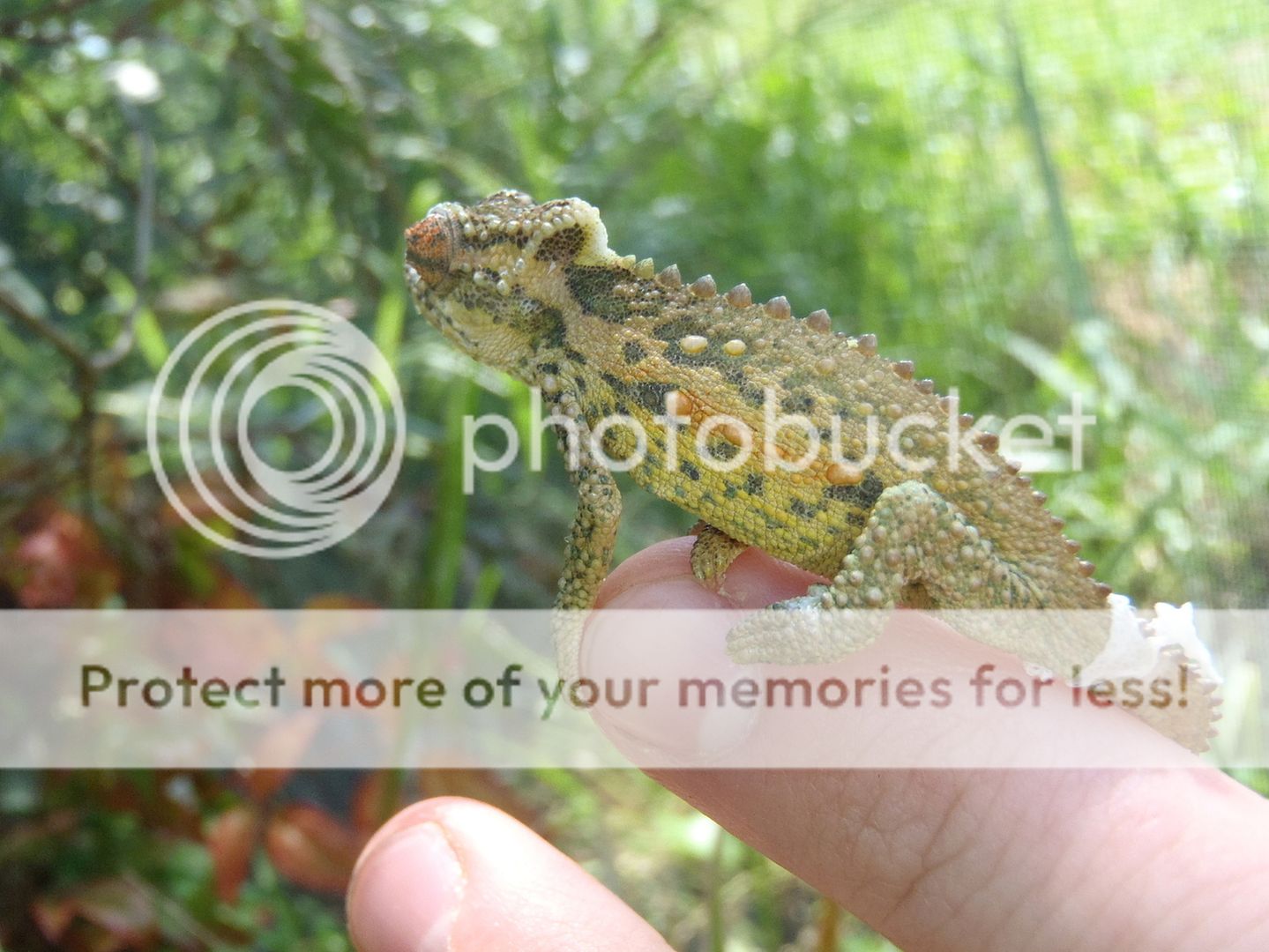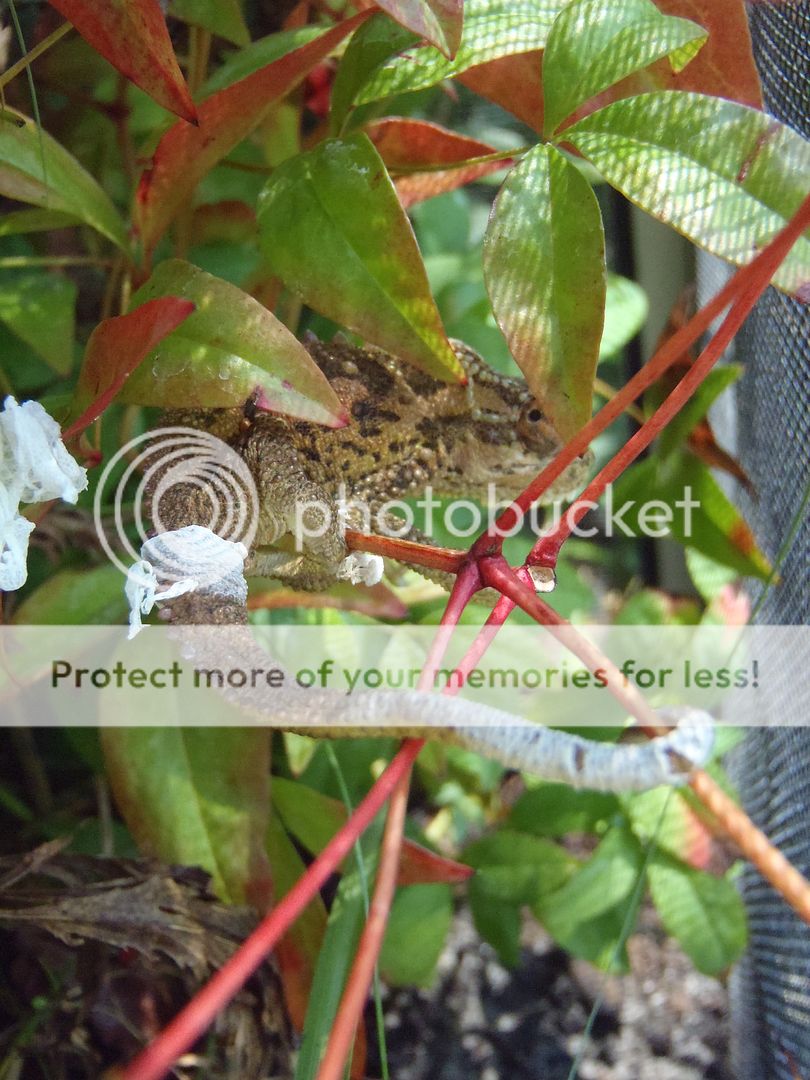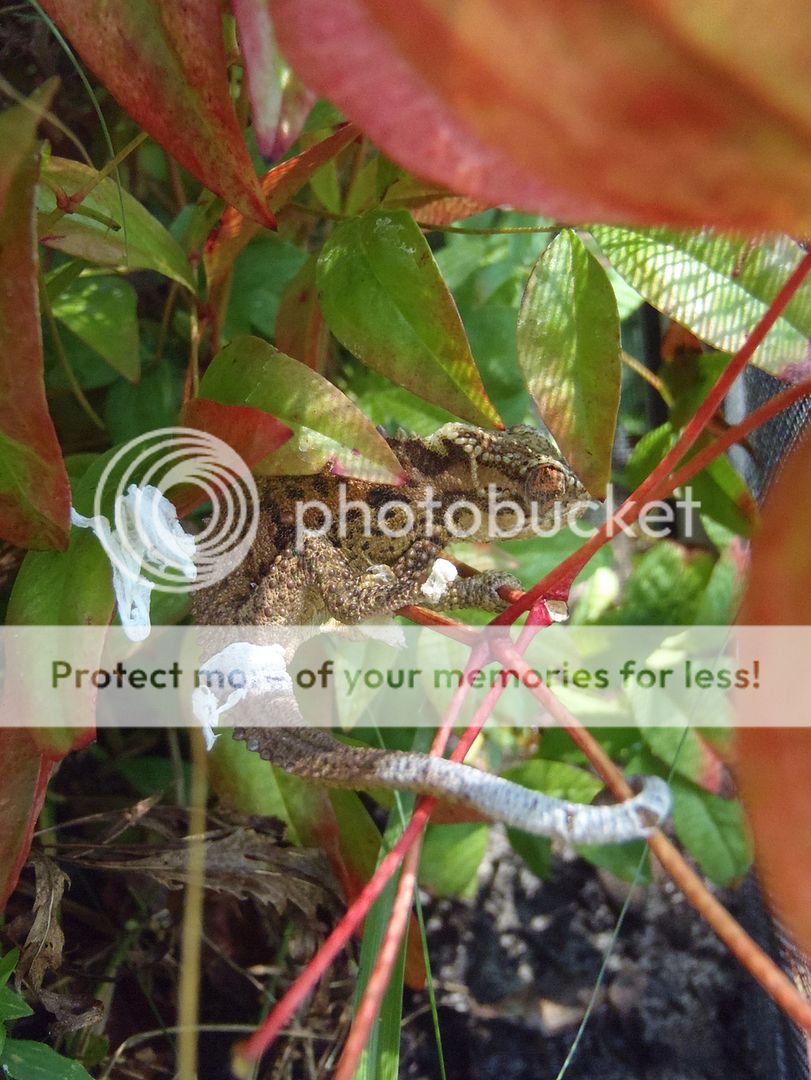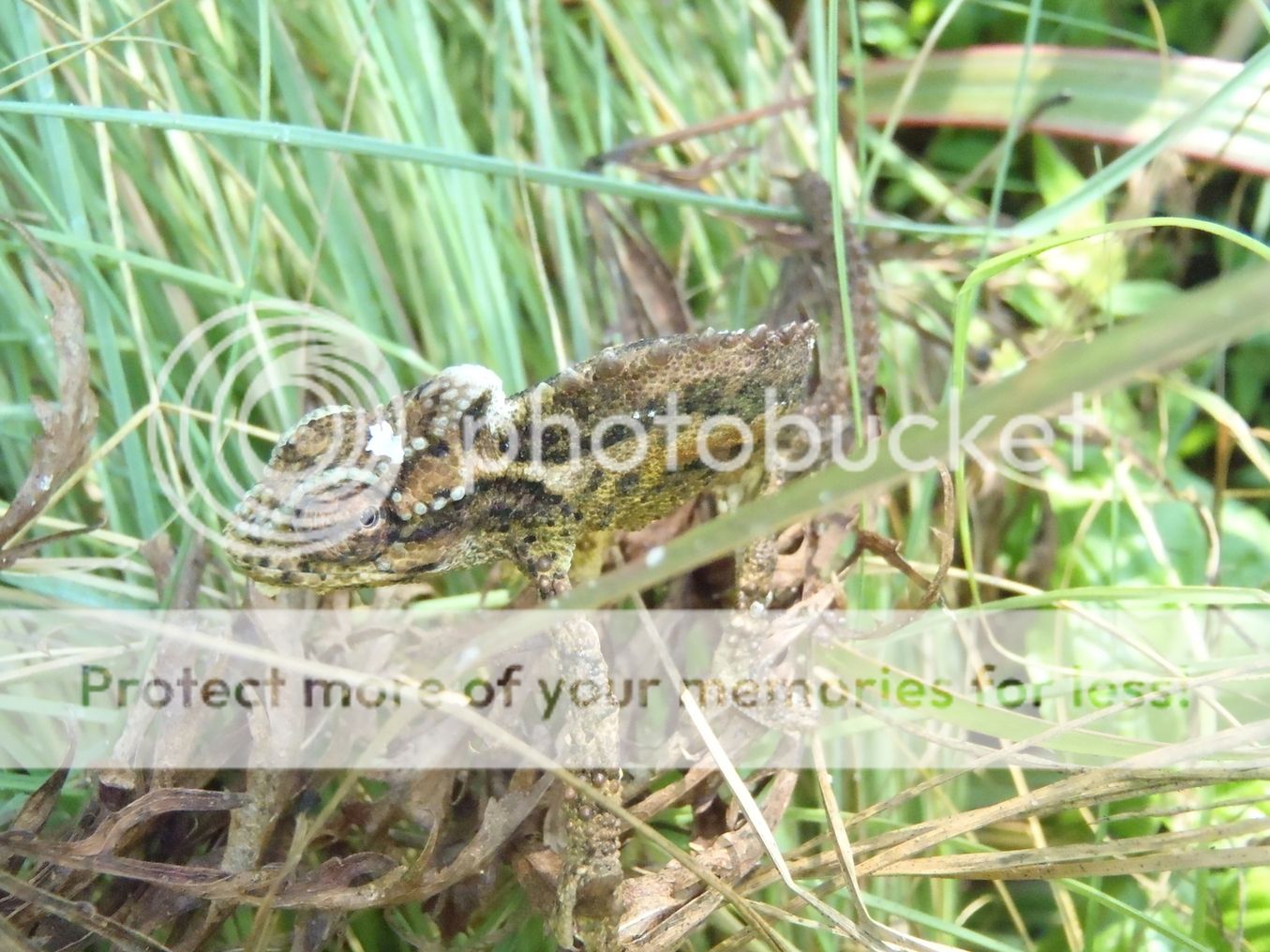Solid Snake
Avid Member
Whatcha talkin bout Willis?i dont have these but if i did..this is what i would be doing.
What would you be doing?
Id also pm chris anderson and ask if he ever measured direct sunlight temps in the regions these are found. ambient 80* degrees isnt 80* receiving all the sun wants to give.
That would be interesting data to have.
Im sure it fluctuates greatly though, like everywhere else.
The chameleon temps given, are surface-of the-chameleon temps.
I dont think any excessive water is going to harm them.
I do think they like it drier, RH wise for sure.
When Donahue is resting in shade, these things are out in full sun, trotting around proudly, doing their usual parade routine.
I misted/light-rained them lots today actually, and they did not seem to mind, but they were outside, were things can dry out in a timely and efficient manner.
Isnt that the issue? Stagnant, high RH air causing respiratory issues?
Thats what everyone says.
It is supposedly fairly hot, as well as fairly humid where they come from, but its not like jungle humid, its a drier humid, (<-like that one ;D) because of the heat, and lower(than the jungle) rainfall.
In the winter, it gets below zero at times there. (zero C or freezing or 32F)
They still live.
One person on the southafricanreptiles forum claims to have found a chameleon under a rock, staying warm for winter.
I think its important to understand that water is not the problem, but too low of temps, and insufficient ventilation.
Thats just what I have decided, it just seems to feel right for them so far.
A basking of 85F-90F w/ ambient of 75F-85F w/ a RH of above 40% and not over say 55-65%(for any length of time) <- As of right now, if someone asked me how to keep thamnos, that would be the best info I could give them, from my severely limited experience with them.
;D
Last edited:






